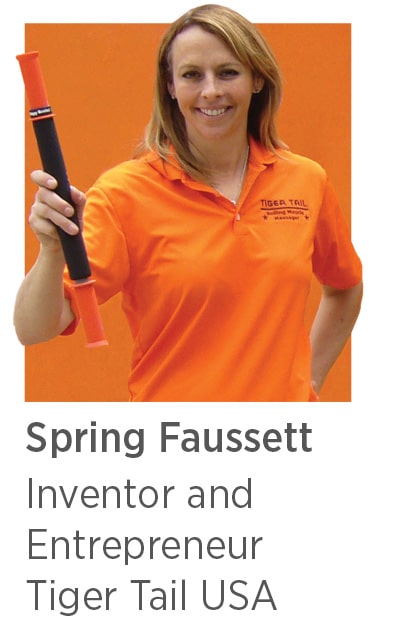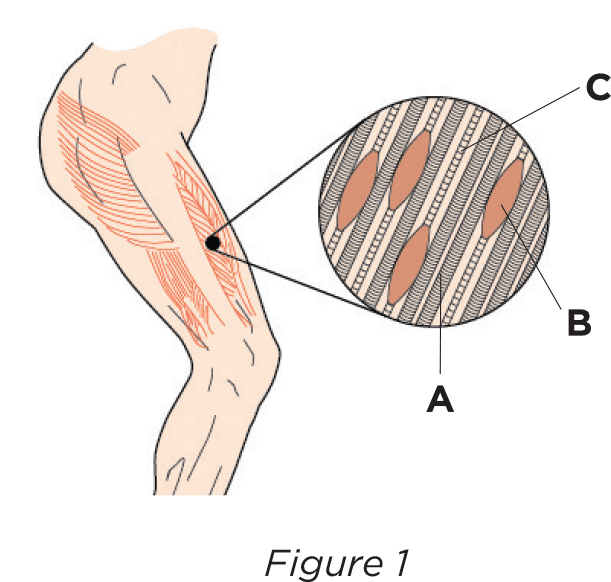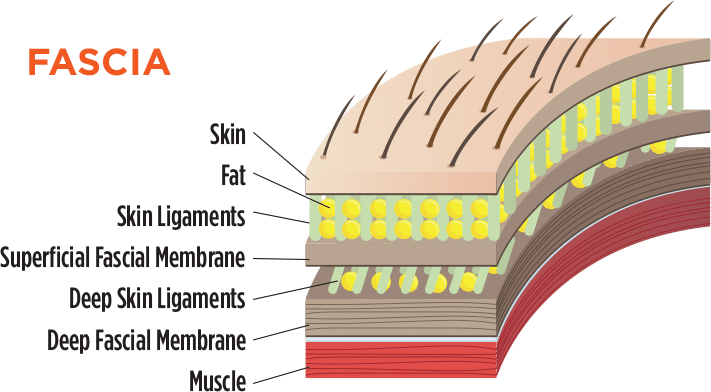Fascia and other forms of connective tissue are made up of several different types of fibers and materials that give it different characteristics and strength capabilities. One of these substances is a “gel-like” substance of proteoglycans and hyaluronic acid or as we like to call it, Sticky Acid H. The purpose of Sticky Acid H is to allow the fascia, muscles, and other connective tissues to glide over each other with minimal friction.
Fascia and muscles may become restricted and “stuck” on each other when an individual overworks muscles or sustains an injury or trauma. Sticky Acid H can create myofascial restrictions because it can become less pliable and more stiff, which prevents muscles and fascia from sliding freely. It is important to warm up this gel-like substance to help make it become slippery and liquefy into a lubrication instead of a restrictive irritant.
When Sticky Acid H is warmed up as a result of exercise, soft-tissue work, working with Tiger Tail muscle massage tools, or even a hot shower, the fascia, muscles, and other soft-tissues are able to move more freely. This heating affect can help increase range-of-motion, functional movement, and reduce pain.





